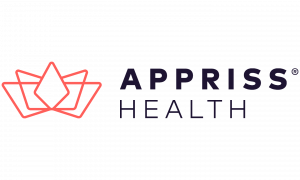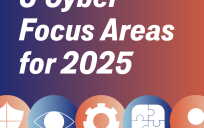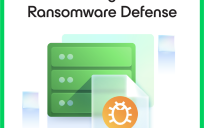Evaluating purchase price is part of any standard buying process. But in a recent GovLoop survey, 68% of respondents noted they also consider ongoing operating and service costs to be as or more important. Understanding all combined initial and future costs of technology solutions can be difficult when evaluating buying or building a technology solution. Not understanding those costs, however, can lead to budget issues and project failures. In fact, the Project Management Institute reported that 14% of IT projects outright fail, and of those that did not fail, 43% exceed budget.
So how can you ensure that the technology solutions you are purchasing will be able to meet your ongoing needs without any hidden costs that exceed your budget?
The answer is to carefully research and understand total cost of ownership.
Total cost of ownership (TCO) is used to calculate the total cost of purchasing and operating a product or service throughout its life cycle. This measure can help prevent the budget issues seen in so many IT projects. It is important to be able to articulate direct and indirect costs to conceptualize, configure and implement a new product. This research brief provides a comprehensive guide for evaluating the total costs of technologies and provisions that might not be reflected in upfront pricing. Additionally, we will include Appriss Health’s development, delivery and support of a highly regulated and security-sensitive IT infrastructure for states as an example of how to consider direct and indirect financial impact in a TCO evaluation.

Preparation: Understand the project scope
It is impossible to estimate TCO without understanding all resources involved in a project, and underestimating project complexity is a leading reason why IT programs exceed budget. It is easy to list primary project components, but smaller project elements can add up quickly.
Business requirements should be developed to document the critical enterprise activities needed to meet organizational objectives. Best practice is that business requirements be independent of a specific solution and instead detail the organization’s needs and expectations. Clearly defining business requirements will increase the likelihood of a more successful IT project outcome. Taking time to write a detailed project scope will uncover any items not considered.
A clear view of the desired results for all users will allow project owners to determine the best technology needs. Understanding the functionality and financial impact of a technology on an organization today and in the future will help calculate the return on investment, which will help determine an appropriate TCO.
This article is an excerpt from GovLoop’s recent report, “Evaluating Total Cost of Ownership for Clinical Technology Solutions.” Download the full report here.







Leave a Reply
You must be logged in to post a comment.